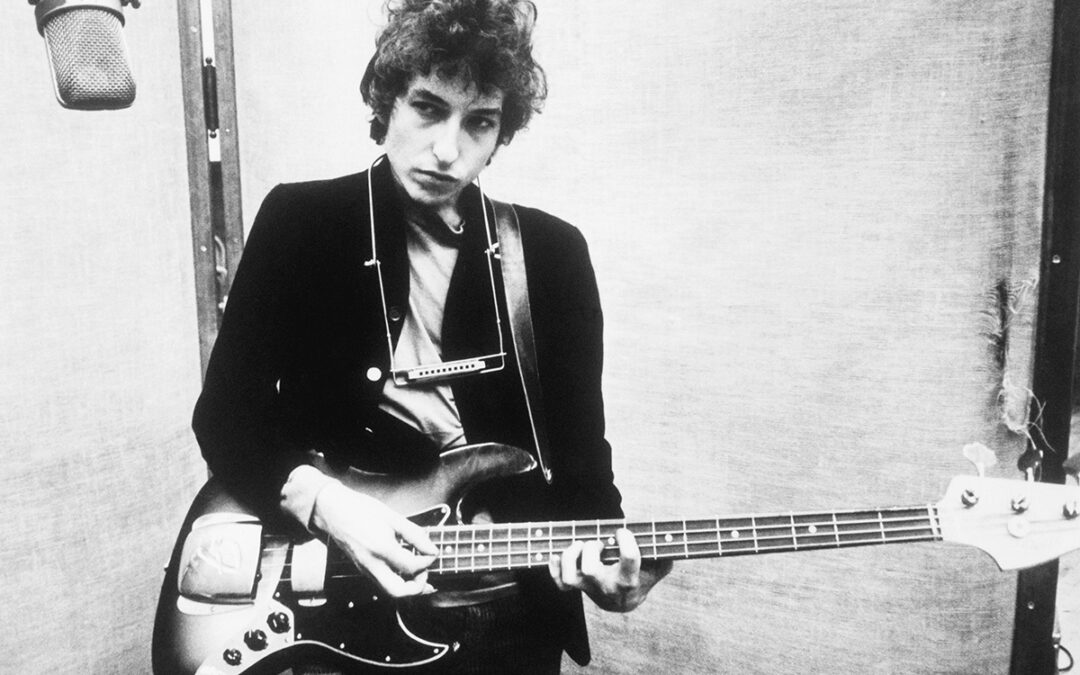Mojo
The List
Rock’s most legendary stars reveal the 60 greatest Bob Dylan songs of all time
To celebrate Bob Dylan’s birthday, a galaxy of stars choose their favourite ever Dylan tracks.
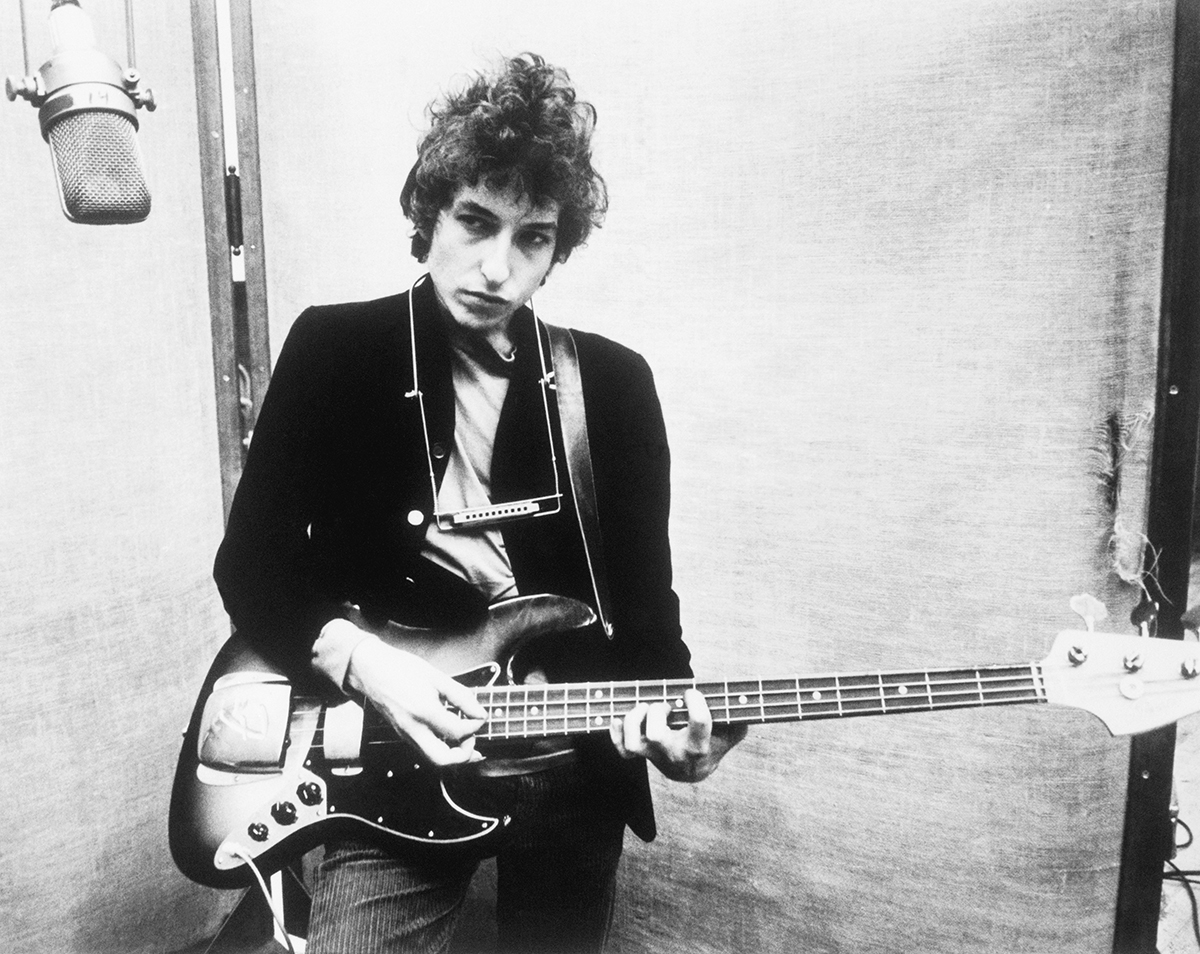
Picking a favourite Bob Dylan song is in many ways an impossible task. This being Dylan, an artist who five decades in is still producing some of his finest work, a list of just 60 tracks means that some of the greatest songs ever composed might not be present (whaddayamean there’s no Isis/I Want You/Mississippi?!?). But by handing the choices over to Dylan’s fellow musicians and songwriters, we feel we’ve given a different perspective (another side of, if you will) on Dylan’s craft and enduring genius. And these aren’t just any musicians, either.
Some of the names below played on and helped record many of the songs featured, while modern-day acolytes including Beck, Bono and Lucinda Williams have lined up to pick their favourite Dylan numbers. The closest we have to the heirs to his crown, Nick Cave and Patti Smith reveal a fresh perspective on his work, while Dylan’s one-time mentor Pete Seeger reveals the true story behind Dylan’s decision to go electric.
Elsewhere, West Coast rapper Nas recalls his teenage conversation with Bob, while contemporaries like the late David Crosby, Jimmy Webb and Paul McCartney (arguably the only serious challenger to Dylan’s status as the world’s greatest living songwriter) recall first-hand the seismic changes brought on by Dylan’s songs.
Last year’s Shadow Kingdom showed that Dylan’s mercurial magic is as potent as ever, so no doubt we’ll be back here again soon with more revered artists waxing lyrical about their favourite song off his next masterpiece. Until then…
60. Lonesome Day Blues
(Love And Theft, 2001)
As selected by The Waterboys’ Mike Scott
“If Dylan had recorded this in the mid ‘70s when I longed above all things for his return to electric rock’n’roll, I’d have been thrilled. But good things come to them what waits. I was just as thrilled when I heard it the day it came out in 2001, a teasingly mid-paced barnstormer with a killer blues riff both humorous and sombre that runs like a monolith through every line, and graced by the master’s wittiest, dryest lyrics since Blonde On Blonde. I’ve sung it live myself and it’s a supreme joy the way the lines want to tumble off the tongue, so well-constructed, full of rhythm, sass and cunning.”
59. Talkin’ Bear Mountain Picnic Massacre Blues
(Time Out Of Mind, 1997)
As selected by Badly Drawn Boy
“It’s Bob Dylan’s funniest song all about how he buys tickets to a picnic but ends up corralled into this ship, which sinks. He wakes up on the shore: ‘My arms and legs were broken, my arms and legs were broken, my feet were splintered, my head was cracked, I couldn’t walk, I couldn’t talk, smell, feel, couldn’t see, didn’t know where I was. I was bald.’ He was bald! Dylan’s great at going that one step further than anyone else. Like rhyming the same rhyme. – in The Lonesome Death Of Hattie Carroll, when he rhymes ‘table’ with ‘table’ twice in a row!”
58. Po’ Boy
(Love And Theft, 2001)
As selected by This Is The Kit’s Katie Stables
“Po’ Boy is one of my favourite songs to listen to with my family, everyone waiting for the next punchline and then loving it when he delivers. It’s always great to hear Bob Dylan letting himself have fun with lyrics and rhyming and wit. It’s what he does best. This song feels like an excellent exercise in storytelling, where you choose a word and then build the story up and around it to finish on the rhyme you want to get. The punchline. I of course have no idea how he really went about writing this song, but I really love imagining it. It feels quite cosmic. A stream if narrative consciousness and two-liner dad jokes. There’s such pleasure in the list like nature of the way he rolls out all the anecdotes in the song. The line about Othello and the poison wine has become something of a family catchphrase in our household. It rolls along musically in such and easy going and amicable way that just goes so well with the irony of the lyrics. The twinkle in his eye. The ever-present twinkle in his excellent eye.”
57. This Wheel’s On Fire
(The Basement Tapes, 1975)
As selected by Siouxsie Sioux
“I chose this for our covers album [1987’s Through The Looking Glass] because I thought Julie Driscoll had written it. I’d seen her perform it on Top Of Pops as a kid and I loved her Joan Of Arc look. Then I found out it was by fucking Bob Dylan! I liked the song so it stayed anyway.”
56. Sign On The Window
(New Morning, 1970)
As selected by The Black Crowes’ Rich Robinson
“It’s just Bob on piano at first, then his band are trying to catch up. It comes off in such a great way. Lyrically there’s a lot of reflection on city life. He’s trying to figure out the world and ends. Up looking for he simple, things. “Build me a cabin in Utah / Marry me a wife, catch a rainbow trout’. That’s beautiful and concise but it has meaning on a greater level. Musically, it’s textured to the point where it sounds like it had earth in it. I covered this song live when I did some solo touring and it made me thing that whatever artists you’re talking about it’s all about the subtleties. And Bob’s music is full of subtlety.”
55. Song To Woody
(Bob Dylan, 1962)
As selected by Donovan
“I particularly like this song because I was so influenced by Woody Guthrie before I heard Bob’s first record. I was 16 and living rough on the road with my best friend Gypsy Dave. I went home for a bit and Gyp wrote to me and said he’d found a record of a new American folk singer who was doing what I was doing, singing Woody Guthrie songs and wearing a cap and a harmonica harness. I was already kind of committed to the mission before I heard Bob, but Song To Woody confirmed to me that I was not alone in wanting to bring true poetry and new, meaningful, social lyrics back to popular culture. Joan Baez introduced me to Bob. The famous scene in Don’t Look Back where we’re both playing our songs, you’ve got to look closely. There’s a drunk in the room who’s berating Bob about him stealing the tune for With God On Our Side from Dominic Behan. Then Bob turns to me and I sing To Sing For You. Notice he takes not one drag of his cigarette all the way through… he’s listening. Then I ask him to sing a song for me and he does [It’s All Over Now, Baby Blue]. What people miss is that he listens all the way through to my song, acknowledges that it’s good, but not with too many words. He was a bit curious and a little amazed that there was another Guthrie disciple arising out of Europe. But we were no threat to each other. When they used to say I was the British Bob Dylan, I used to quip, ‘No, I’m the Scottish Woody Guthrie.”
54. Lily Rosemary And the Jack Of Hearts
(Blood On The Tracks, 1975)
As selected by Ronnie Wood
“I first heard this when I was making my first solo album [1974’s I’ve Got My Own Album To Do] and it strikes me now as. It did then – strong mini-novel with twists and dark turns like something Ray Bradbury would have written. I love that it gathers momentum and the lyric makes you picture mysterious mining town incidents, bank robbers and hookers. Dylan’s very impressionistic as a painter as well as a songwriter, and fun to play with live. You never quite know where you are – which suits me fine! His band rocks and before going on stage, he always says to the MD, ‘Just give Woody the keys to the songs and once he’s on stage he stays ‘til we finish’. He gave me a cowboy hat, thrown on stage when we played Kilkenny, and he said to me, ‘Every time you play with me you get a free hat.’”
53. Most Of The Time
(Oh Mercy, 1989)
As selected by David Gray
“I got into Dylan when I was 13, and I loved the early, simple stuff best. By the time of Oh Mercy in 1989, I’d stopped buying Dylan albums and I only got it on a friend’s recommendation but, as soon as I heard everything Is Broken, I knew he was back. Most Of The Time is a beautifully simple song. You get this central idea that most of the time he’s on the case, stronger than all that bullshit he has to deal with, but then it becomes a love song and you get this sense of a man with deep sense of longing, thinking of someone he lost long ago. I’s not a pop song, but it’s getting that way. I talked Daniel Lanois about making that alum and he said Dylan spooked him, he felt Dylan was inhabiting him like some ghost.”
52. With God On Our Side
(The Times They Are A-Changin’, 1964)
As selected by Linton Kwesi Johnson
“It speaks of the wicked ness of the strong against the weak, of powerful nations and what they do – what the American settlers did to the Indian, the Spanish-American war, the American Civil War and First World War. It goes. To the heart of how little we value human life, how we kill for power, for greed, and invoke the name of God while doing so. In a way the song explores a kind of helplessness in the face of evil. It’s the voice of the weak. He’s obviously faced with a conundrum at the end and that’s part of the song’s power, that paradox – ‘If God’s on our side / he’ll stop the next war’. You have to see. It against the backdrop of a world in turmoil – the proliferation of nuclear weapons, anti-colonial struggles going on in Africa and elsewhere, and the Cold War at its height – but the strength of the song is that it’s relevant and still speaks to the conflicts of our time. For me, that’s why Dylan is the greatest protest lyricist ever.”
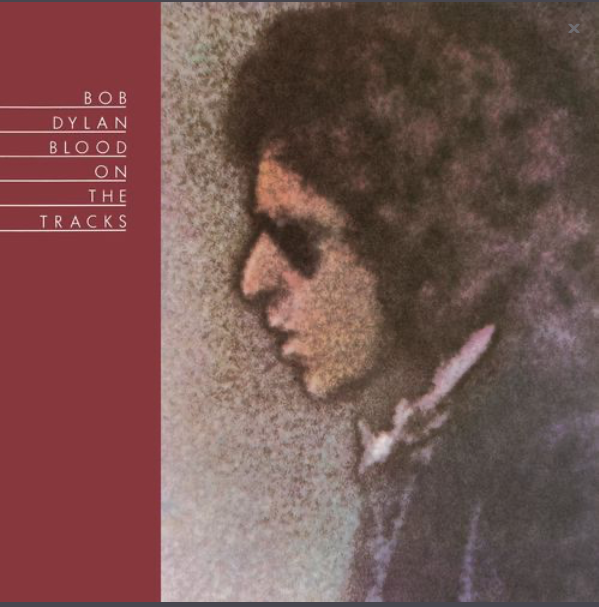
51. Simple Twist Of Fate
(Blood On The Tracks, 1975)
As selected by Neko Case
“There are some moments here – like where the guy is sitting on the park bench having these weird realisations – that you can actually feel them as he’s having them. The way he sings the lines – ‘She looked at him and he felt a spark tingle to his bones / ‘Twas then he felt alone and wished that he’d gone straight’ – it’s just devastating. There’s so many moments like that which are so painful, but they’re really honest and they’re said in a way that I don’t think anyone had said before… or since. I don’t think Dylan even knows where songs like that come from. A lot of his songs seem born of that spirit.”
50. Pretty Saro
(Another Self Portrait: The Bootleg Series Vol. 10, 2013)
As selected by The Coral’s Jame Skelly
“It’s my favourite Dylan vocal. Anyone who says he can’t sing, listen to Pretty Saro. It’s like Percy Sledge crossed with Hank Williams. It’s got all the mystery that you want from Dylan, you can’t quite figure about what it’s about. Either the girl is from a higher social class or aspires to be, and he knows that he can never give her the security that she wants. And then at the end he says if I was the dream version of myself, the poet, I’d be eloquent enough to explain it to you, but he fact that he got close enough to touch the dream was enough and that’s what he’ll take away with him. I don’t know how much of the lyrics are his and how much are from the traditional version but it’s got that romantic and mysterious thing from Dylan which is what I like, it means you get to project your own version onto it. Self Portrait was slated at the time, but it’s all part of it. Real greats can see 30, 40 years ahead. You throw this curveball, but then that’s what gets you to Blood On The Tracks or whatever. Sometimes you’ve got to write and you’ve got to move three moves to get to where you want to.”
49. Only A Pawn In Their Game
(The Times They Are A-Changin’, 1964)
As selected by Pete Seeger
“Back in 1963 I got together with Bob and Theodore Bikel for a voter registration rally in Greenwood, Mississippi. A friend of mine was making a little documentary film there and the mayor told him, We never had a nigger problem here, it’s outside agitators cause the trouble. Well, we had a little song festival in a cotton field and Bob sang Only A Pawn In Their Game which he’d just written about Medgar Evers, the Mississippi Civil Rights activist who was murdered three weeks earlier. The song says just putting the murderers in jail wasn’t enough, It was about ending the whole game of segregation. It was the first song I heard that connected the position of the black field hands with that of the poor whites in the South: ‘He’s taught in his school /From the start by the rule /That the laws are with him /To protecthis white skin /To keep up his hate /So he never thinks straight / ‘bout the shape that he’s in.
Generally, Bob wanted to make a record that would make people think. He was very curious and quick to learn. He told me he’d seen me singing when he was at university [University Of Minnesota, 1959-1960]. I remember that was a night when we were picketed by the American Legion – which got us a lot of free publicity. But I must have first met him in New York up in the Broadside magazine’s office [Dylan’s Talkin’ John Birch Paranoid Blues appeared in the first edition, Feb, 1962]. I remember sitting there and Bob and Phil Ochs played their songs and I was thinking, I’m in the same room as two of the greatest songwriters in the world! Two weeks later I had Bob on at a Carnegie Hall Hootenanny and there were so many artists on I had to tell everyone they were limited to 10 minutes and he smiled and said, I’ve got one song that lasts 10 minutes’- and he did A Hard Rain’s A-Gonna Fall.
I was always impressed by his independence. He wasn’t going to be any child of the lefties. One night someone introduced him saying, ‘He’s one of ours, and Bob got up and said, ‘I don’t belong to anyone.’ I realised he was a genius turning out one great song after another. Blowin’ In The Wind is still one of the greatest songs of the 20th century. I used to sing Masters Of War occasionally myself and Hard Rain. Bob had drawn lessons from Woody, he knew a good song tells a story or paints a picture and, like Woody, he could combine tragedy and humour. And he didn’t try to be too specific or too clear. I have a little skating rink in my yard and when John Wesley Harding came out I remember skating around listening to it over and over on the outdoor speakers thinking, What does this mean? A good song is like a basketball backboard, you bounce your life against it and you catch new ideas rebounding back at you.
There are a lot of reports of me being against him going electric at the ‘65 Newport Folk festival, but that’s wrong. I was the MC that night. He was singing Maggie’s Farm and you couldn’t understand a single word because the mike was distorting his voice. I ran over to the mixing desk and said, Fix the sound, it’s terrible! The guy said, ‘No, that’s how they want it.’ And I did say, If I had an axe I’d cut the cable! But they didn’t understand me. I wanted to hear the words. I didn’t mind him going electric.”
48. I’ll Be Here Staying Here With You
(Nashville Skyline, 1969)
As selected by Beck
“I didn’t get too deep into his music until I got into the Nashville records. Those are the ones that really got to me, because I was so into country music when I was younger and hearing those records for the first time… I always liked his kind of throwaway love songs. For somebody who’s a giant like him, who writes those great cinematic songs like Visions Of Johanna that draw you into a strange world, to just toss out a good little tune…that’s an aspect of Dylan I always really appreciated.”
47. Jokerman
(Infidels, 1983)
As selected by legendary reggae drummer Sly Dunbar
“Bob Dylan always do songs in different keys, like he’ll change three, four different keys in a song, and he will change the lyrics on the fly, so when we cut Jokerman, we recorded it and then we had a break overnight. He came in the morning and said, ‘Oh, gentlemen, could you just run Jokerman for me again?’ Nobody know the tape was spinning; we were just running down the music and he said, ‘OK, that’s it’ – it was the take we didn’t know we were taking that he used. It was a surprise; I think we were playing the run-down a bit looser, ‘cos it was just a run-through, but he probably liked something about it.”
48. I’ll Be Here Staying Here With You
(Nashville Skyline, 1969)
As selected by Beck
47.
Jokerman
(Infidels, 1983)
As selected by legendary reggae drummer Sly Dunbar

A 16-year-old Levy unleashes fruity dancehall cornerstone, with dub-happy wizard Scientist manning the desk.
35.
Roland Alphonso
King Of Sax
(1975)
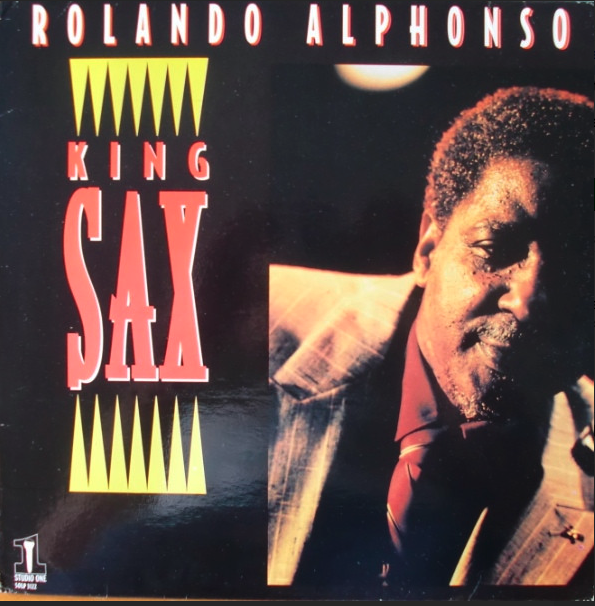
The Skatalites’ tenor sax magus blows sublimely jazzy notes over classic Studio One backing tracks.
34.
The Mighty Diamonds
Right Time
(1976)
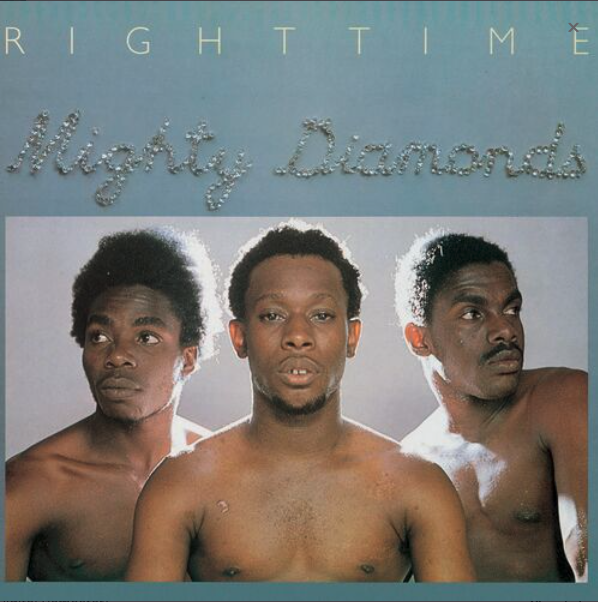
Hard-bitten political ire expressed through exquisite three-part soul harmonies and unhurried roots-rocking rhythms.
33.
Augustus Pablo
East Of The River Nile
(1977)
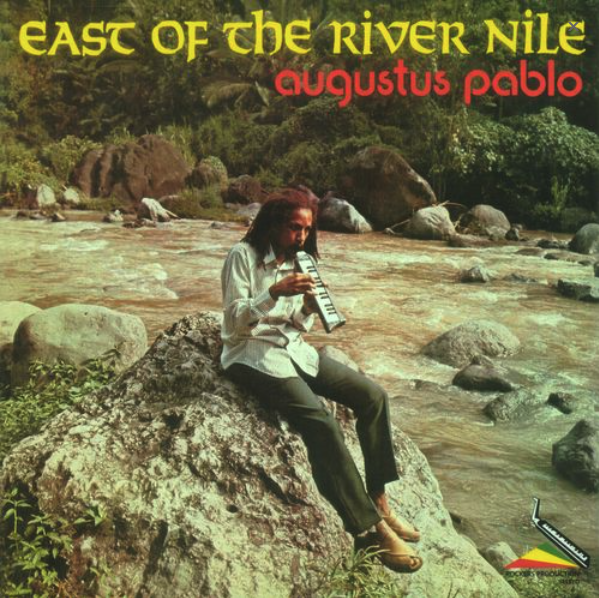
Spectral ‘Far East’-sounding instrumentals blown through Pablo’s baleful melodica; takes up where the more dubby ‘King Tubby’s…’ left off.
32.
Eek-a-Mouse
Wa-Do-Dem
(1981)

Alias Ripton Hilton brings eccentric, squeaky singjay style to the dancehall and invents a brilliantly nonsensical subgenre of one.
31.
Hollie Cook
Twice
(2014)
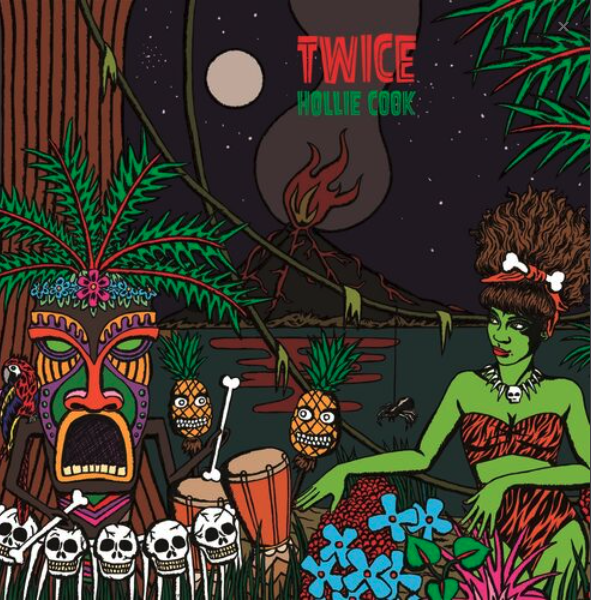
Pinballing bings and bongs, steel pans, Bollywood strings, Prince Fatty at the desk – this year’s classy UK pop reggae update is truly up there with the best of ’em.
30.
Luciano
Messenger
(1995)
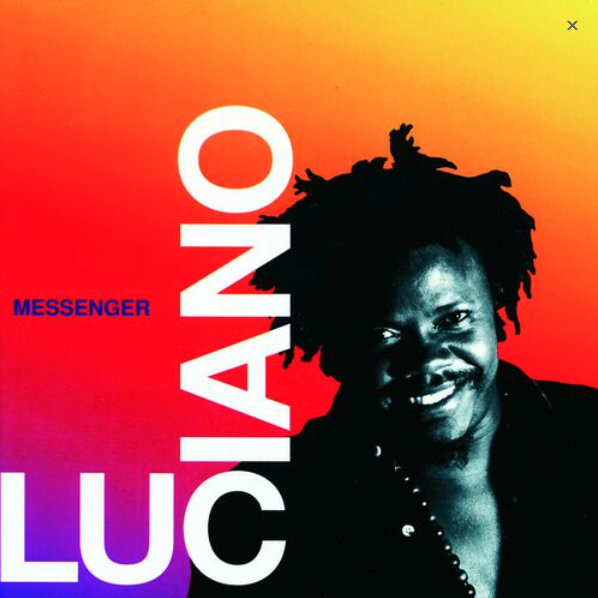
Luciano turned his back on smutty ‘slackness’ for an album of elevated soul-reggae balminess.
29.
Sizzle
Bobo Ashanti
(2000)
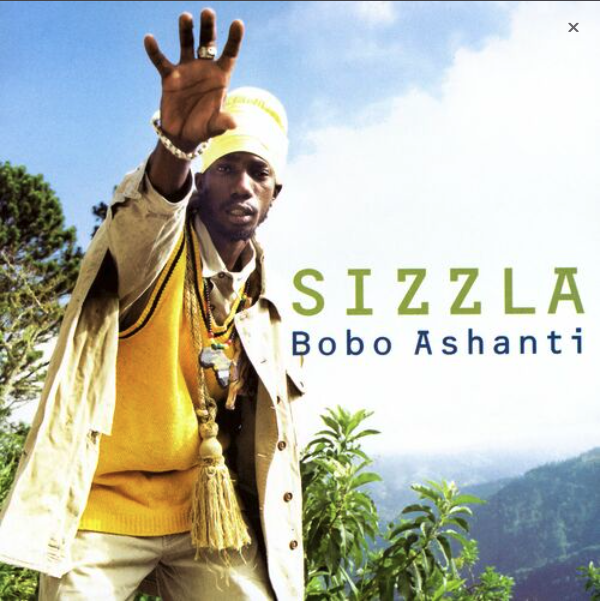
Return-to-form from singjay dancehall star of steely conviction and old-school Rasta fire-power.
28.
Black Uhuru
Anthem
(1983)
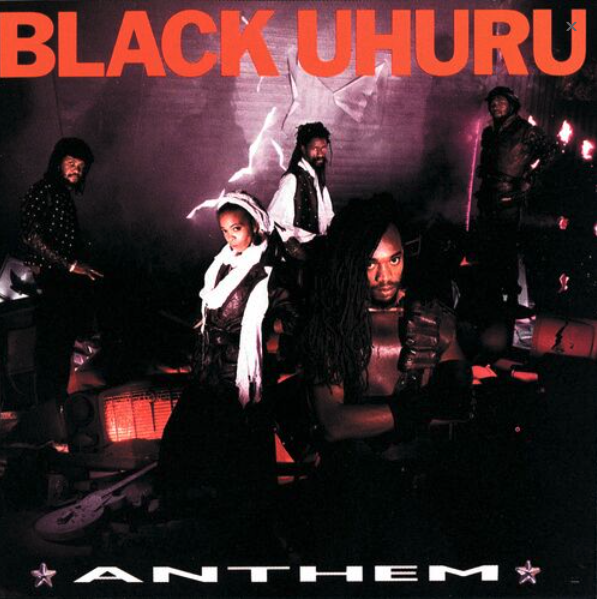
Sly Dunbar and Robbie Shakespeare’s polished ’80s production, all zingy syndrums and big pop tunes, creates massive seller.
27.
The Heptones
Cool Rasta
(1976)
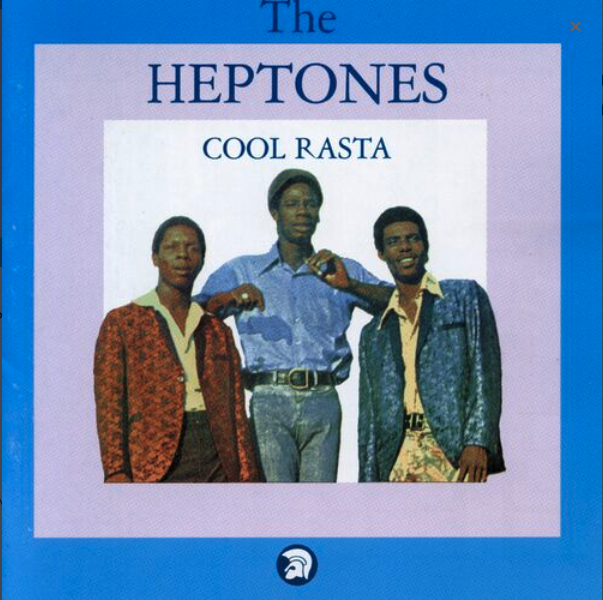
Achingly soulful three-part harmonies on LP that jettisoned their previous romantic preoccupations in favour of mean ghetto vibrations.
26.
DILLINGER
CB200
(1976)
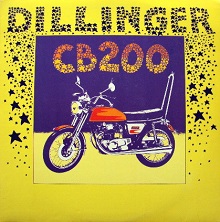
Named for his Honda ’bike, this was home to the funky, hypnotic deejay apotheosis that’s Cokane In My Brain.
25.
Marcia Griffiths
Naturally
(1978)
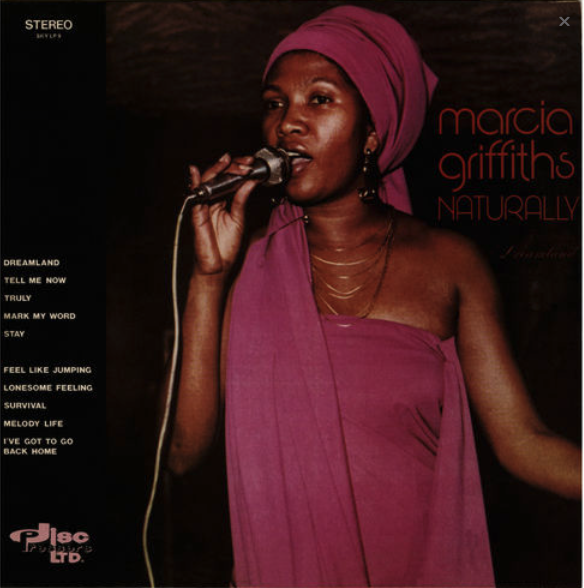
Fresh from Marley’s I-Threes, Marcia makes polished fem-reggae updating her old Bob Andy-penned Studio One jewels Feel Like Jumping and Tell Me Now.
24.
Various
Club Ska
(1967)
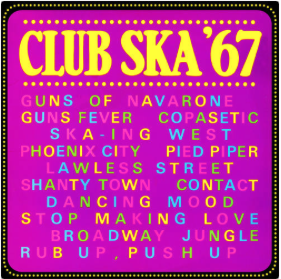
Essential early collection of classic ska 45s compiled for UK audience by legendary Scene Club DJ and Island A&R man Guy Stevens.
23.
Mikey Dread
World War III
(1980)
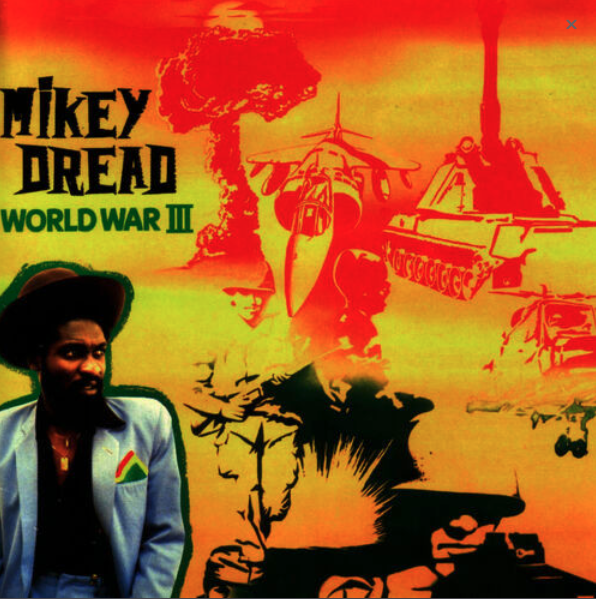
After working on The Clash’s Sandinista!, Dread returned to JA to create his second and best LP of deep-dub and distinctive biddly-biddlly toasts.
22.
Gregory Isaacs
Night Nurse
(1982)

The Cool Ruler glides effortlessly from seductive lovers rock towards sculptured dancehall mastery.
21.
The Upsetters
Return Of Django
(1969)

Instrumental set from Lee ‘Scratch’ Perry’s sessioneers, heavy on funky chops and Spaghetti Western swagger.
20.
The Bug
London Zoo
(2008)
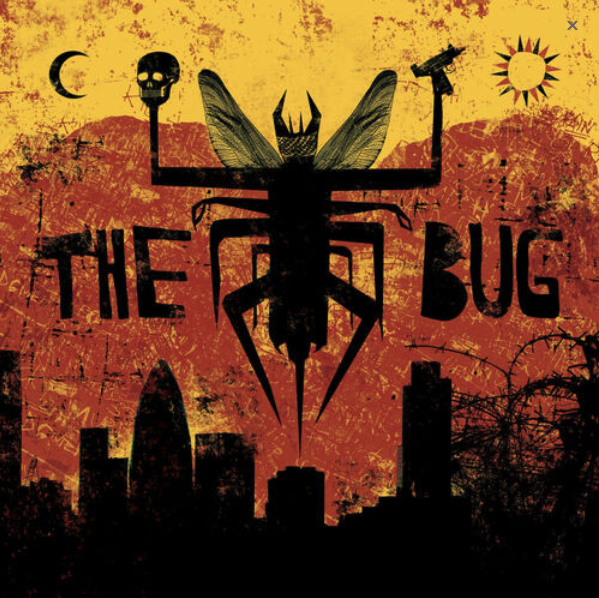
A confusion of dancehall, noise, hip hop and grime confirms reggae can shift-shape into sonic nourishment for modern times.
19.
Peter Tosh
Legalize It
(1976)
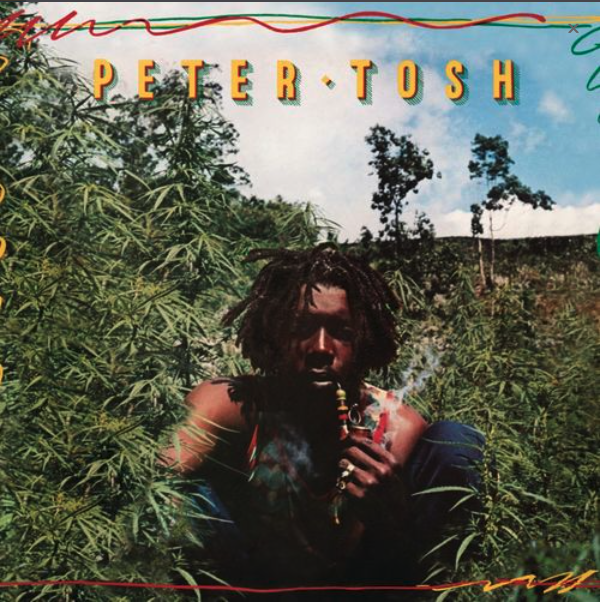
After quitting The Wailers, Tosh returned with sonically dense, admirably lazy-paced solo jewel promoting maximum spliffage.
18.
U-Roy
Version Galore
(1970)

Revolutionary deejay’s benchmark debut album, popularising the idea of rapping over someone else’s backing track until it ends. Hip-hop ahoy!
17.
Dr. Alimantado
Best Dressed Chicken In Town
(1978)

Toasting reaches dizzying heights with this punk-loved clutch of the Doctor’s early singles.
16.
Culture
Two Sevens Clash
(1977)

An epochal title track, and an extraordinary LP as the vocal trio combine with massive orchestration to create a mood of portentous dread.
15.
Burning Spear
Marcus Garvey
(1975)
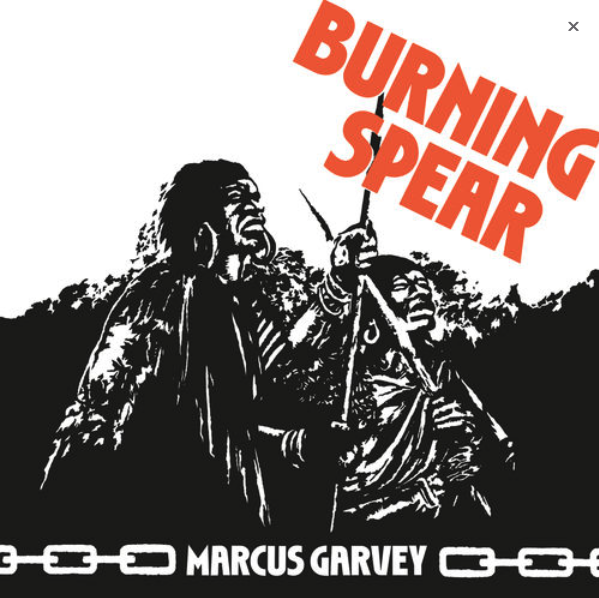
Uncompromising lyrics allied to potent rhythms equals militant greatness.
14.
Big Youth
Screaming Target
(1972)
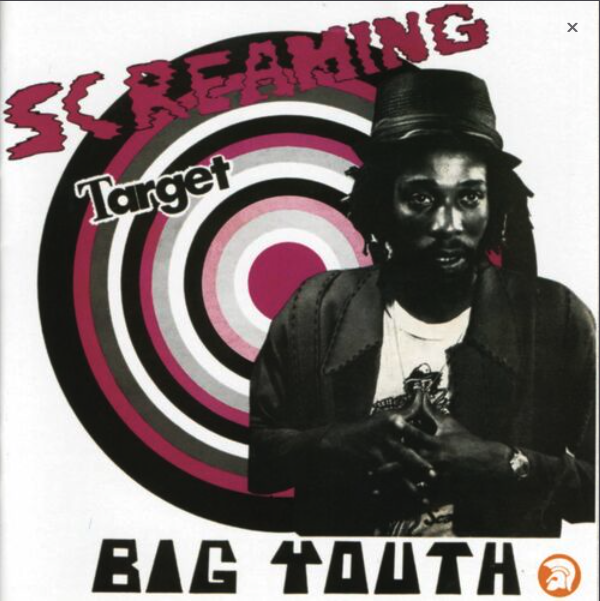
Intense rhythms coupled with Youth’s deep, drawling delivery make for killer early deejay disc.
13.
Don Drummond
The Best Of
(1969)
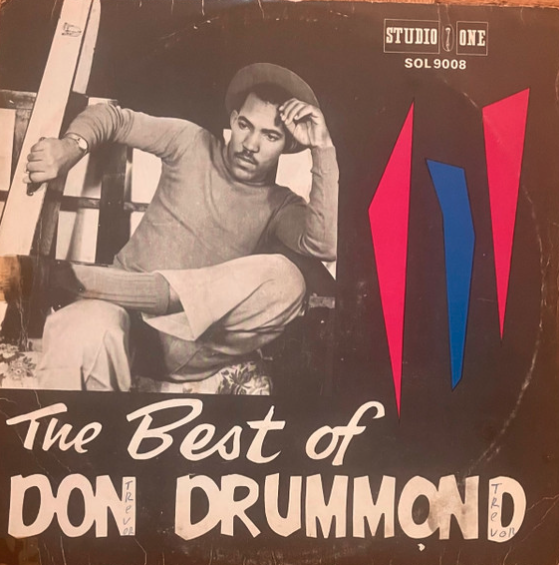
Minor-key retort to ska’s in-built jolliness from The Skatalites’ deeply troubled composer, trombonist and melodist.
12.
Lee Scratch Perry And The Upsetters
Super Ape
(1976)
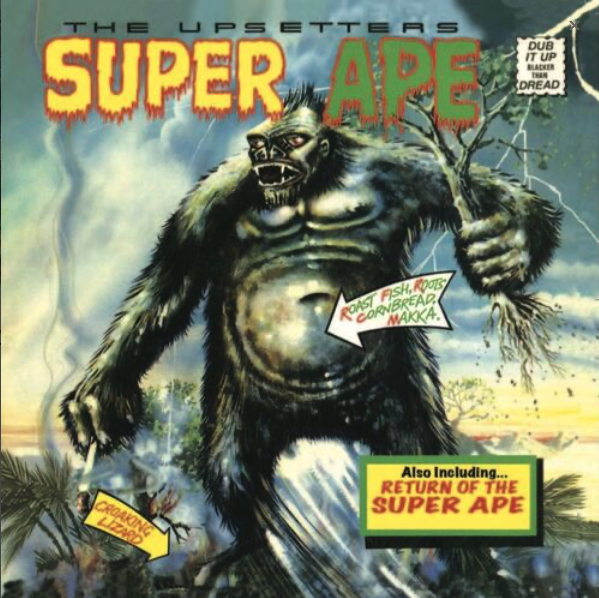
Perry’s 1976 productions for others are submerged in a gloriously eccentric murk of re-mixed vocal clips, horns, flute, melodica and, yes, dubby echo.
11.
Bob Marley & The Wailers
Exodus
(1977)
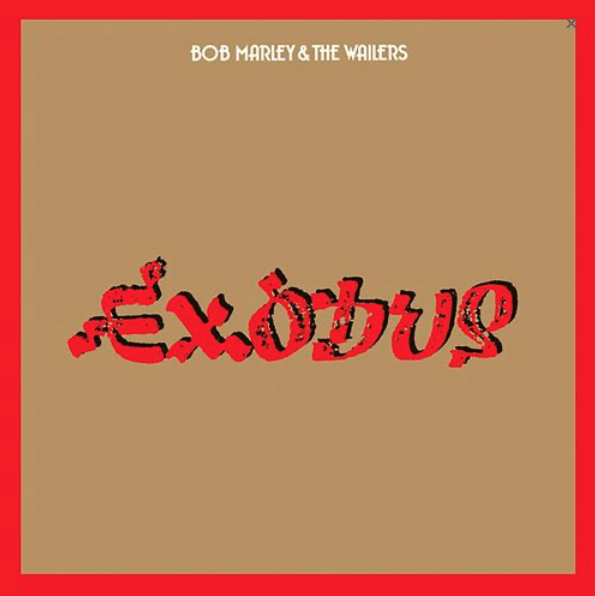
Marley survives political shooting in JA, arrives in punk-crazed London, records squelchy, funky-reggae triumph.
10.
Max Romeo & The Upsetters
War Ina Babylon
(1976)
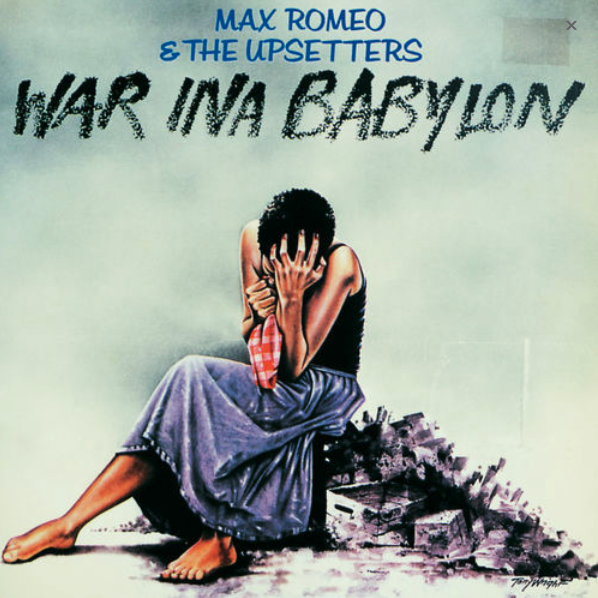
Marley-endorsed landmark in socially conscious, political roots reggae crafted at Lee Perry’s Black Ark.
9.
Prince Buster
FABulous Greatest Hits
(1968)
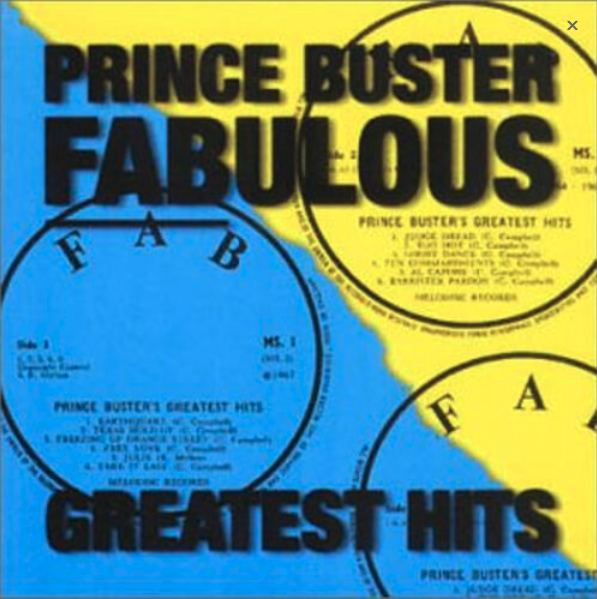
Legendary ska cut Al Capone aside, this collects Buster’s delightfully cheeky rock steady sides, ever full of humorous skits.
8.
Joe Gibbs
African Dub All-Mighty Chapter 3
(1977)
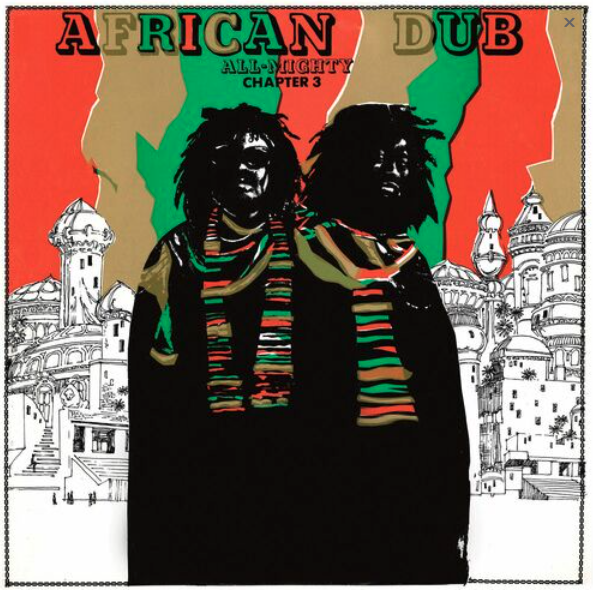
A weighty sub-bass dub excursion pushing the envelope with chirpy keys and bizarro sound effects including door bells and thunderclaps.
7.
Upsetters
14 Dub Blackboard Jungle
(1973)
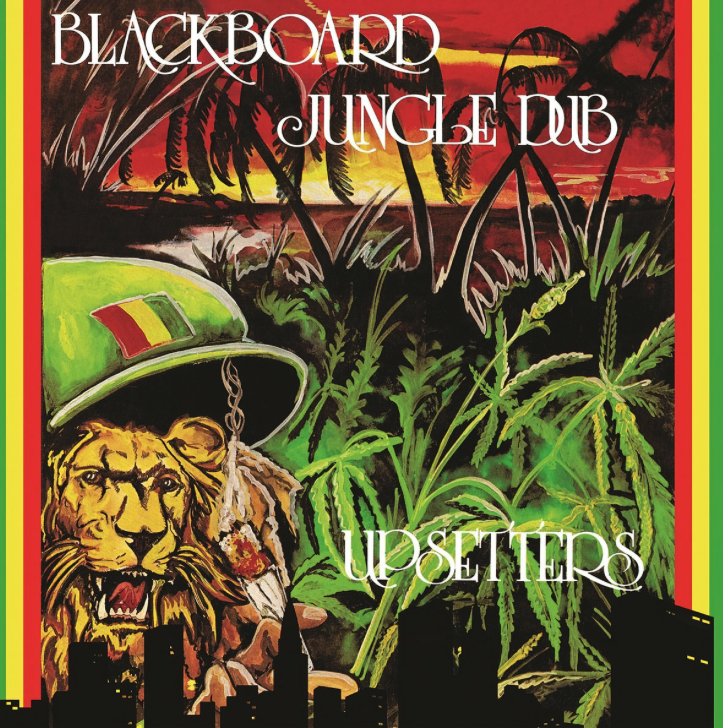
Lee Perry and King Tubby collaborate on pioneering dub album with extraordinary split-stereo mixes that collides to make a brand new sound. A masterpiece.
6.
Toots & The Maytals
Funky Kingston
(1973)
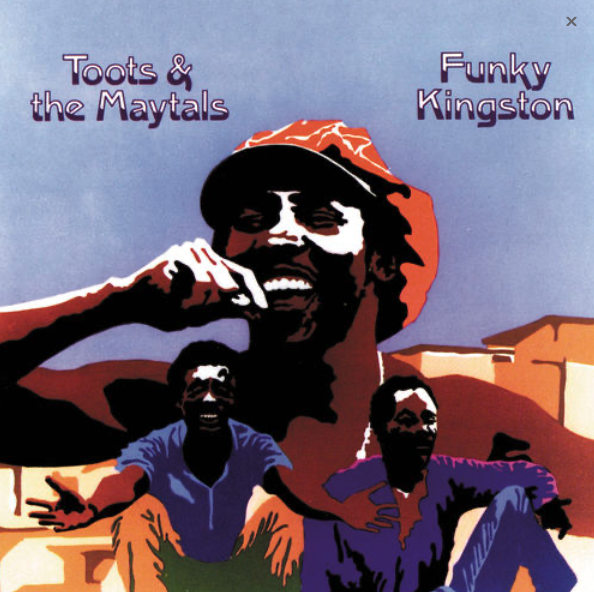
The rough, rustic and churchy Maytals of the ska era are updated into a raucous rock stew that’s impossible not to move to.
5.
The Congos
Heart Of The Congos
(1977)
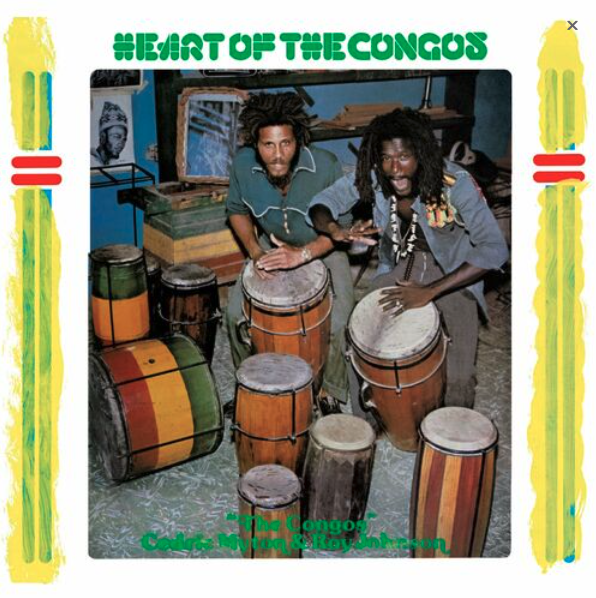
Perfect dread harmonies amid a Lee Perry mix of staggering complexity and endless soft-edged density. The squashiest, most organic-sounding reggae LP ever.
4.
Skatalites
Ska Boo-Da-Ba
(1965)
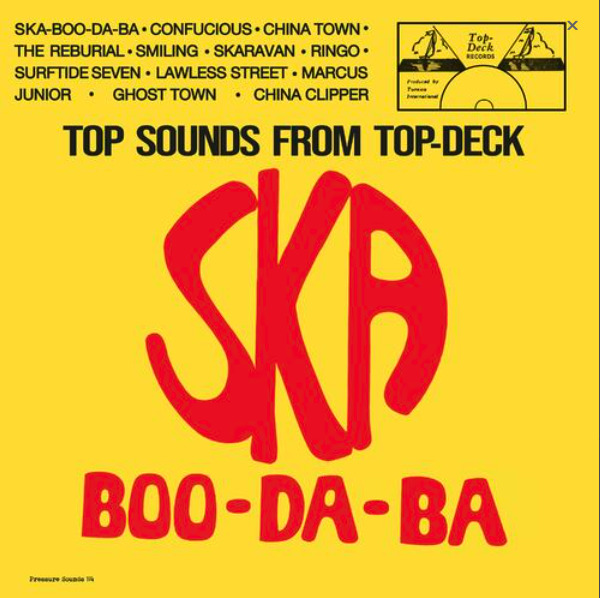
The definitive Jamaican ska band at their dizzyingly inventive peak, taking the island’s shuffling offbeat dance music into swinging jazz and Far Eastern territory. Still mindblowing.
3.
Various
The Harder They Come
(1972)

The soundtrack to the film that took reggae to the world, top’n’tailed by singer/actor Jimmy Cliff’s tropical-pop title-track and hymnal Many Rivers To Cross.
2.
Augustus Pablo
King Tubby Meets Rockers Uptown
(1976)
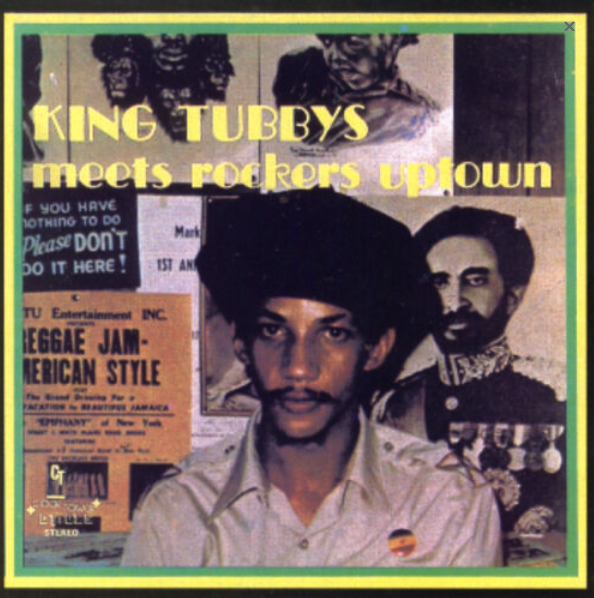
Electronics wizard King Tubby chops up Augustus Pablo’s mournful productions on a DIY console built to terrify loudspeaker manufacturers. An eerie, mind-melting dub monster.
1.
Bob Marley & The Wailers
Catch A Fire
(1973)
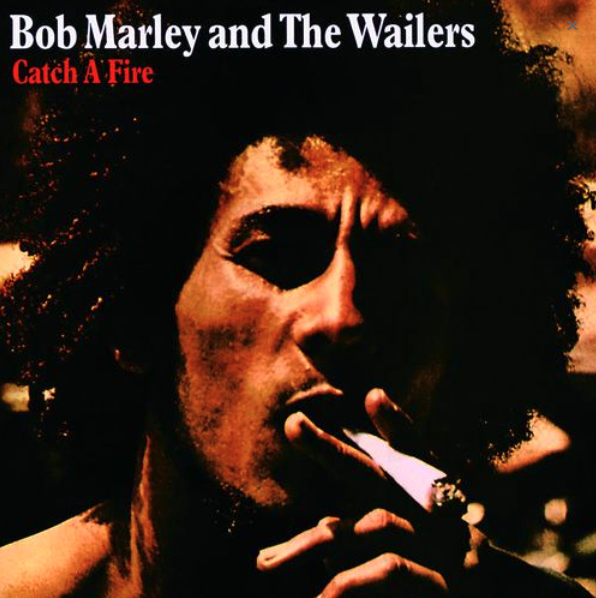
The album that made Bob Marley – and reggae – global superstars. Peerless songs, breathtaking musicianship and, 40 years on, still box fresh.

